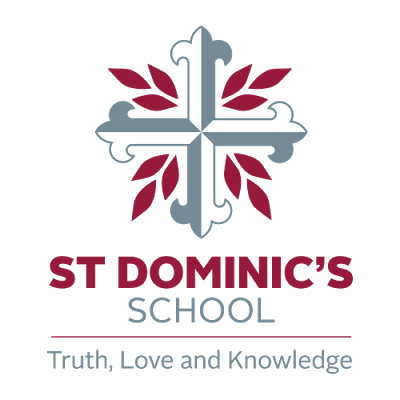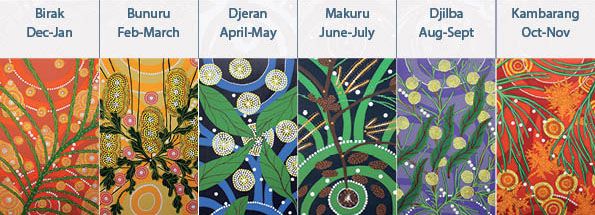Djeran — Season of Adulthood
Djeran season generally spans April-May and means an end to the really hot weather. A key indicator of the change of season is the cool nights that once again bring a dewy presence for us to discover in the early mornings.
The winds have also changed, especially in their intensity, with light breezes generally swinging from the south-east to south-west. This is the Noongar season also known as the ‘ant season’, or ‘the season of adulthood’. Many flying ants can be seen cruising around in the light winds.
Djeran is a time of red flowers, including the red flowering gum (Corymbia ficifolia) on the south coast, the smaller and more petite flowers of the summer flame (Beaufortia aestiva) in the north of Noongar Country and Astroloma spp. or native cranberry in the jarrah forest.
You may also notice the red ‘rust’ and seed cones forming on the male and female sheoaks (Allocasuarina fraseriana), called condil. Banksias start to display their flowers too.
Traditionally, foods at this time of year included the seeds (bayu) that had been collected and stored for treatment from the djiriji (zamia palm) last season, along with the root bulbs of the yanget (rush), bardi grubs, fresh water fish, kooyar (frogs), yakaarn (turtles) and quenda (southern brown bandicoot).
As the season progresses the nights will become cooler and damper, along with some cool and rainy days. Traditionally mia-mias (houses or shelters) were now repaired with materials from plants like bibool (paperbark), mindarie (balga fronds), koorla (native wisteria or Hardenbergia comptoniana) and wollung (running postman or Kennedia prostrata) to make sure they were waterproofed, reinforced and facing in the right direction in readiness for the cold and wet period to come.
Source: https://www.kooyarwongi.com.au/
Leon Bolding
Principal

